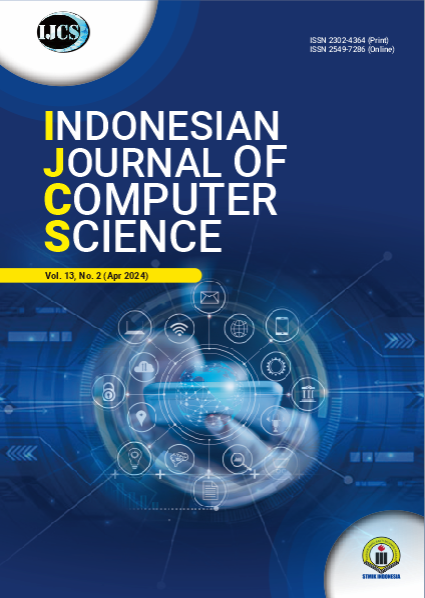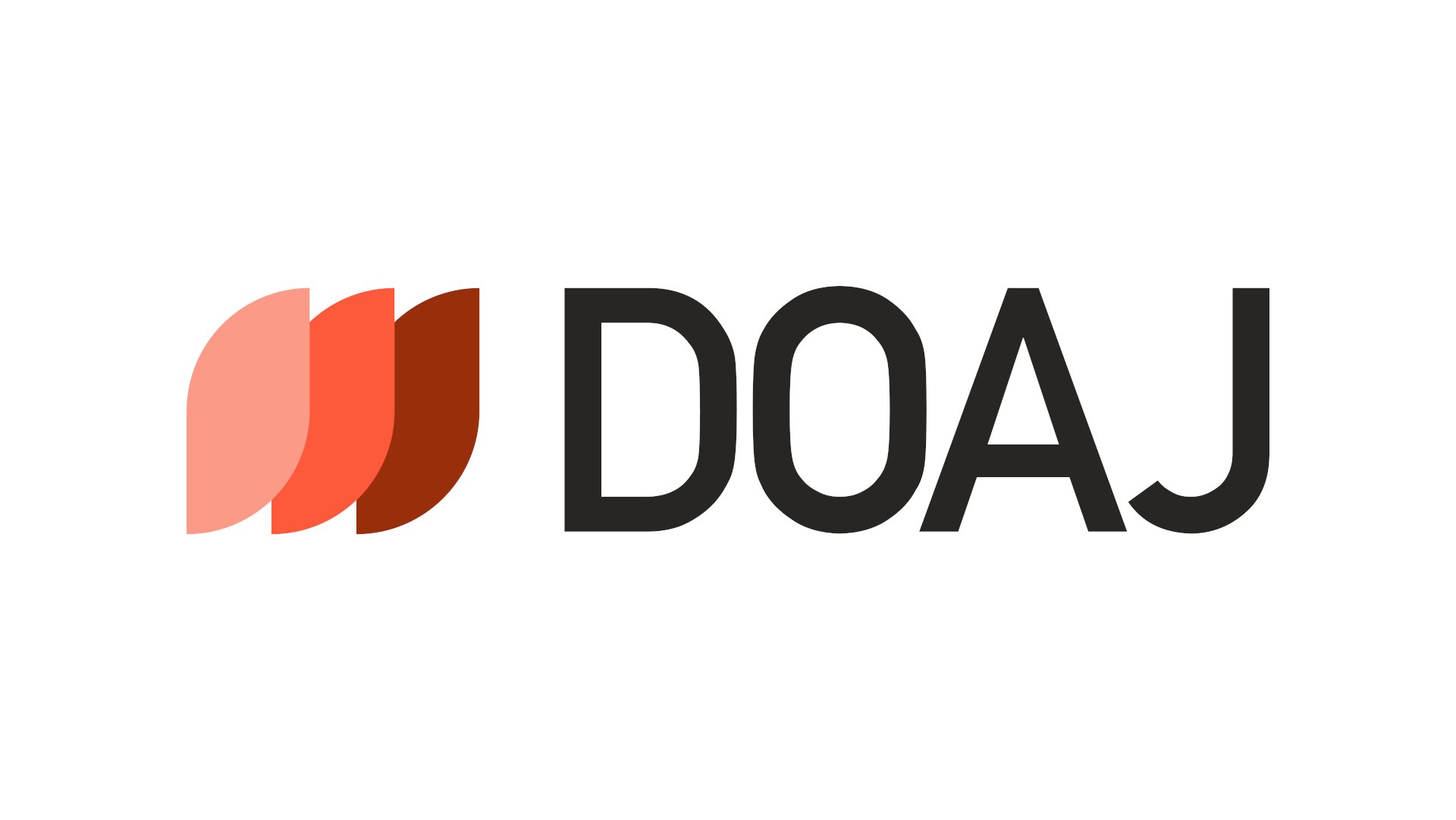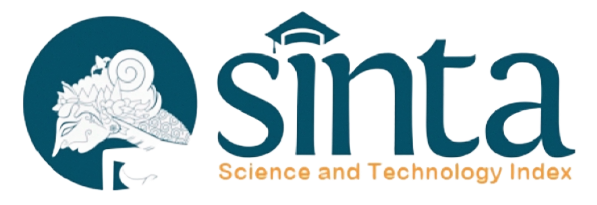The Effect of Blended Learning on Students' Creative Thinking Ability: A Meta-Analysis
DOI:
https://doi.org/10.33022/ijcs.v13i2.3866Keywords:
Meta-analysis, Blended Learning, Creative Thinking AbilityAbstract
This study aims to investigate the influence of technology-based learning, particularly blended learning, on students' creative thinking abilities. Through quantitative analysis, data comprising sample size, mean, and standard deviation extracted from Google Scholar indexed journals were examined. Employing a group contrast analysis design with a random effects model, effect sizes were corrected using JASP software. The analysis revealed a summary effect of 6.74 with a confidence interval ranging from 4.68 to 8.80, indicating a significant difference between groups utilizing blended learning and those employing conventional methods. Notably, students engaged in blended learning exhibited superior creative thinking skills compared to their counterparts. These findings underscore the pressing need to integrate blended learning methodologies to enhance the learning process effectively.
Downloads
Published
Issue
Section
License
Copyright (c) 2024 Sisrayanti, Ambiyar, Rizky Ema Wulansari; Elsa Sabrina

This work is licensed under a Creative Commons Attribution-ShareAlike 4.0 International License.





